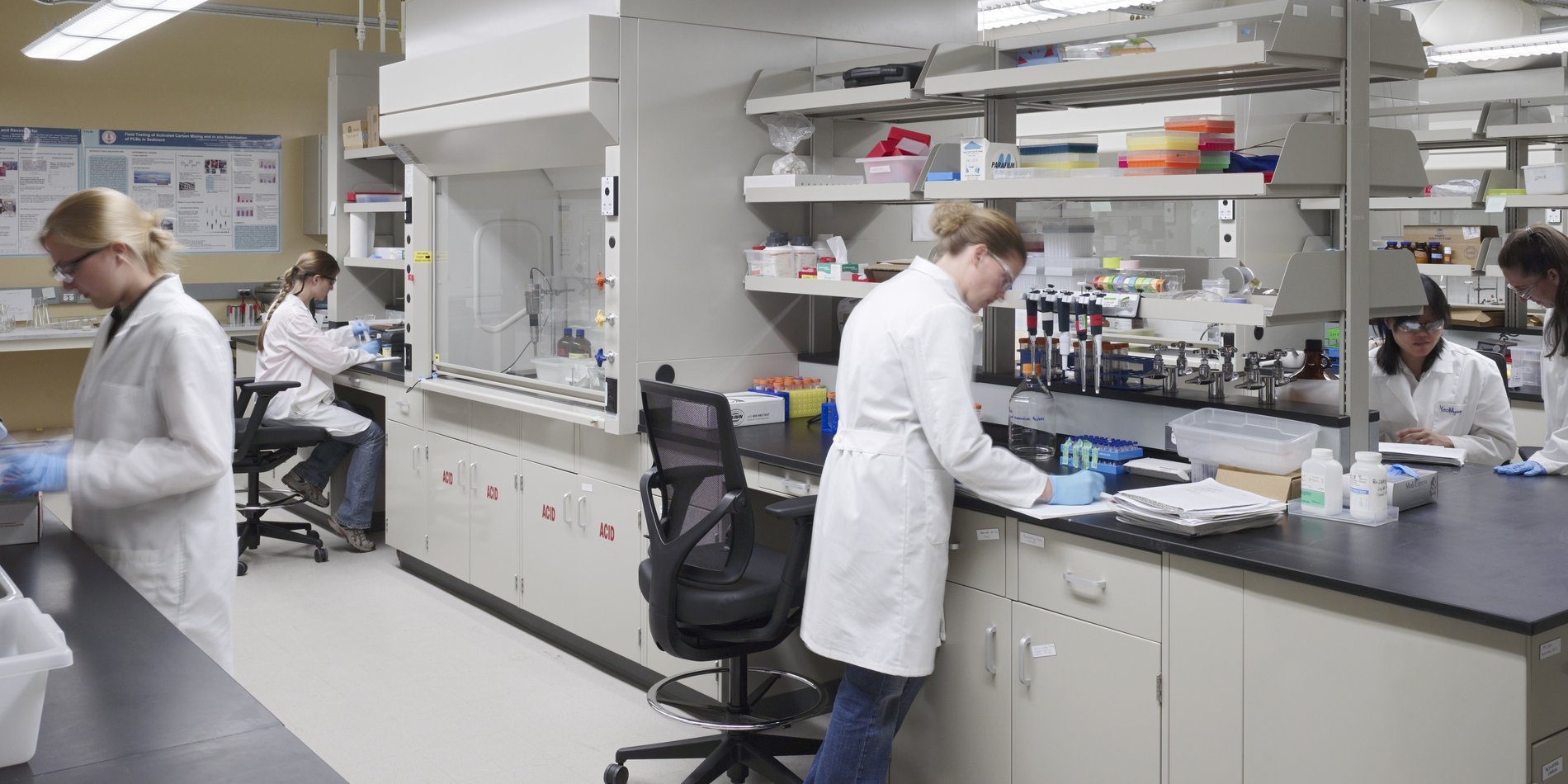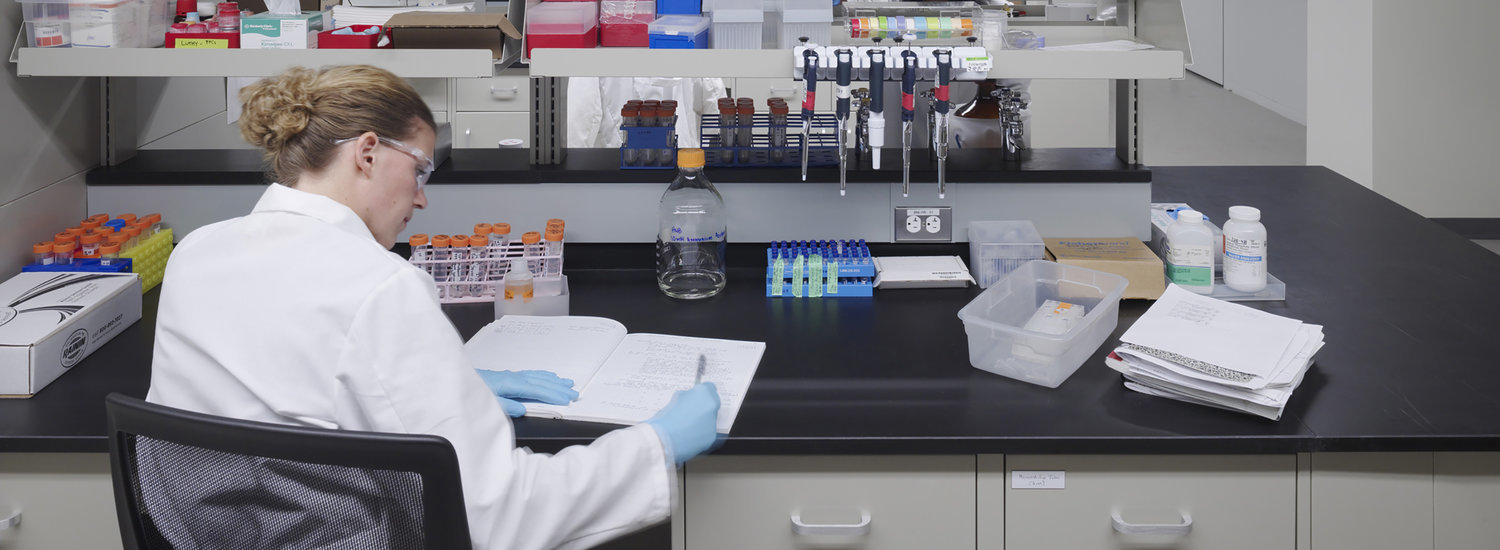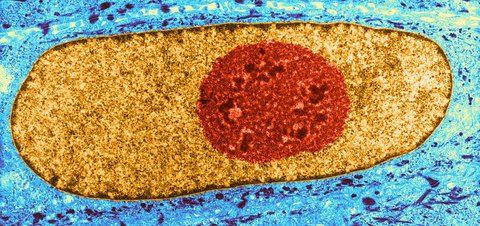Research & Impact
Chemical Engineering Research Areas
Stanford’s Department of Chemical Engineering works on technologies to develop chemical transformations and processes, creating useful products and materials that improve society. We turn our expertise in producing and manipulating chemicals to energy, medicine, electronics, and materials with new properties under the umbrella of three thematic research areas: life, energy, and the environment.
Life. Energy. Environment. Our robust thematic research areas and associated groups and centers give students hands-on opportunities to explore, solve, and apply core academic knowledge in real-world scenarios and design impactful careers for the future.
Learn more about our Chemical Engineering Faculty.
Faculty Spotlight

Danielle
Mai
Assistant Professor
Chemical Engineering
"I’m a biopolymer engineer, which means I tinker with molecules that are..."
Read Danielle's story
Why Stanford ChemE?
Many resources are available for you.

ChemE Research Groups
Our collaboration culture drives innovative discoveries in areas vital to our world, our health, and our intellectual life. Through the development and application of engineering principles, we are tackling the major challenges of the 21st century.
Research & Ideas
Explore the latest ideas coming out of Stanford’s Chemical Engineering department. See the impact of this important research on the world around us.

Matteo Cargnello: The future of greenhouse gases
A chemical engineer explains why he thinks a better approach to greenhouse gases in the sky is to turn them into other chemicals.






